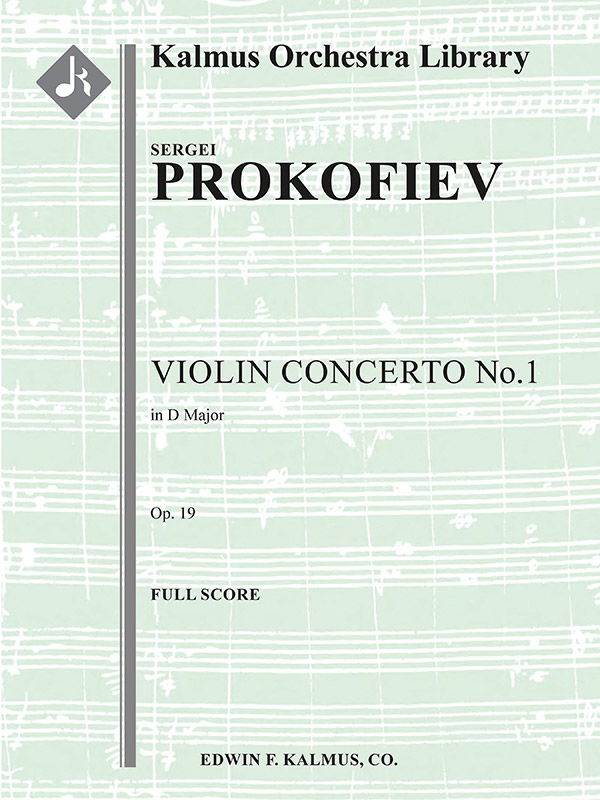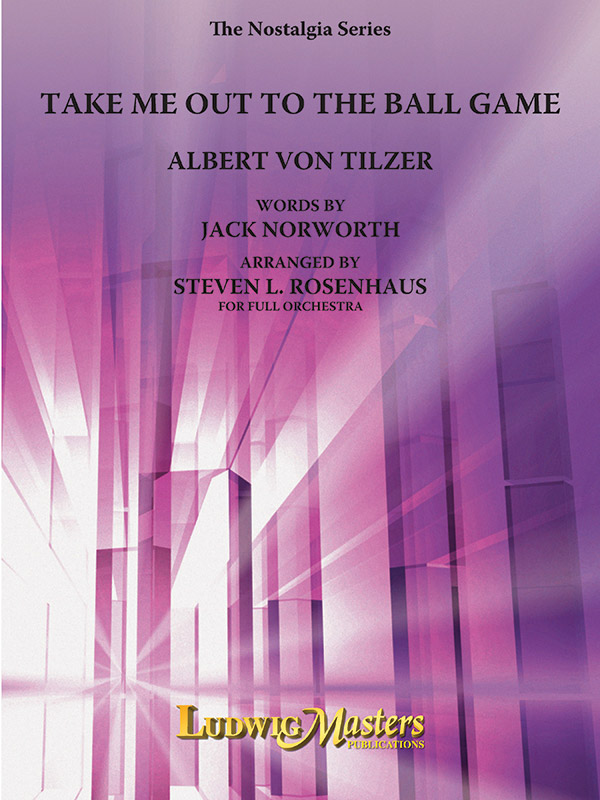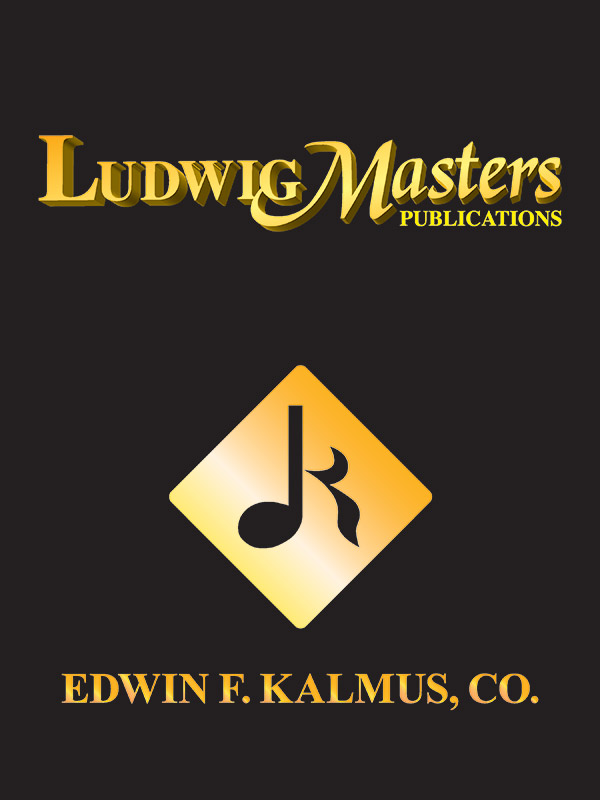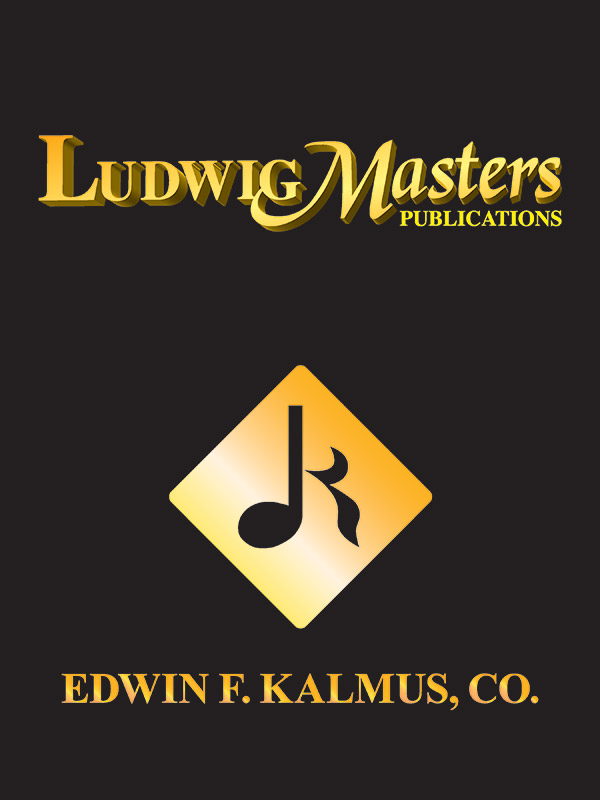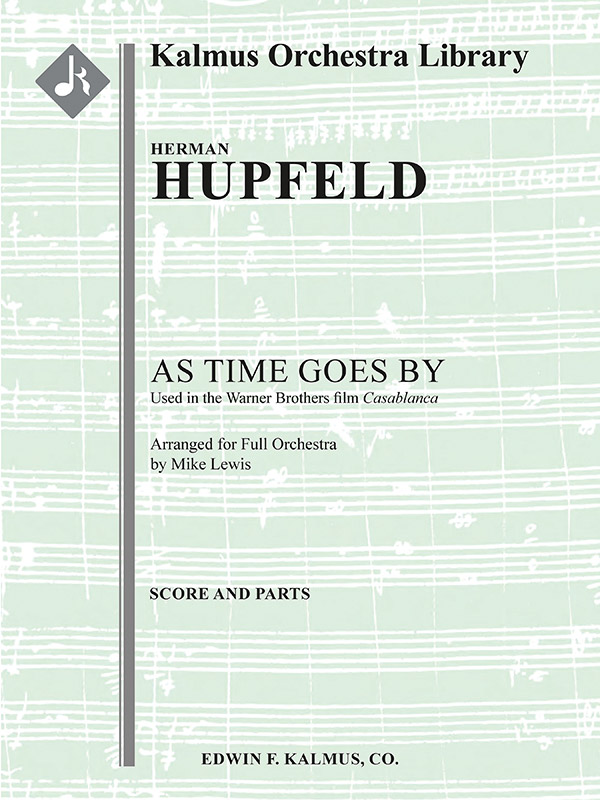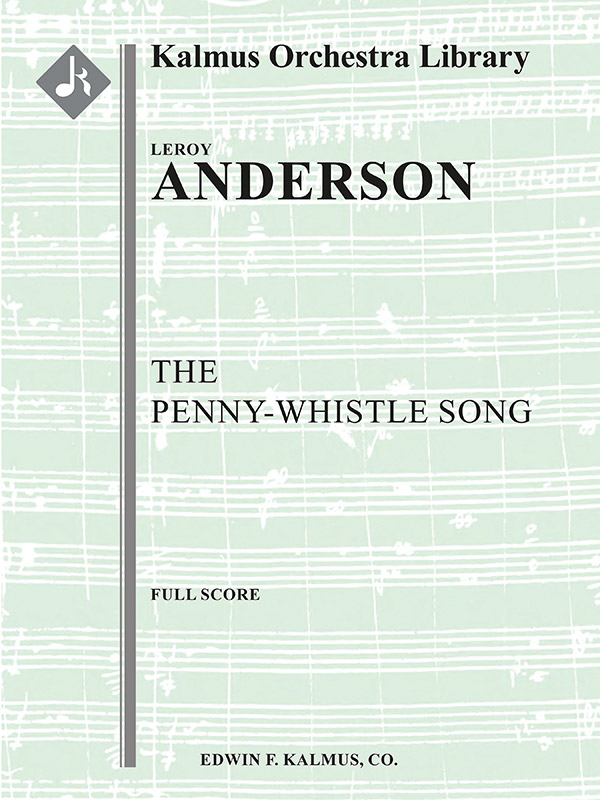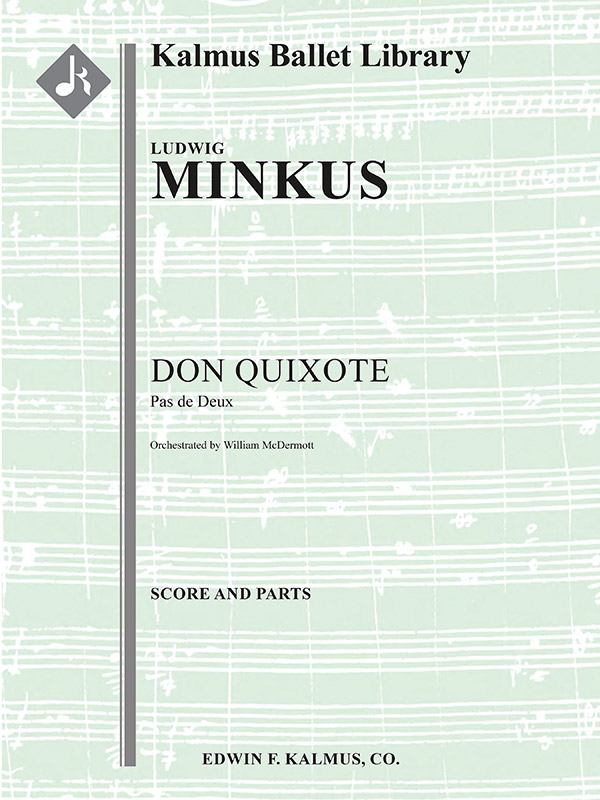Description
Maurice Ravel’s (1875-1937) La Valse, po�me chor�graphique pour orchestre (a choreographic poem for orchestra), has a somewhat storied history that has resulted in numerous interpretations of the work. An older idea that Ravel had as early as 1906 was to compose a work titled “Wien” (Vienna) as a tribute to the Waltz King Johann Strauss II. Before any work was completed, World War I intervened, and Ravel composed nothing as he served as an ambulance driver at the front. He returned to the idea when famous impresario and founder of Ballets Russes, Serge Diaghilev, commissioned a new ballet from Ravel in 1919. Upon hearing a piano reduction of the new composition, however, Diaghilev referred to the work as a “masterpiece,” but rejected the work as “not a ballet. It’s a portrait of ballet.” A young Francis Poulenc, who was in the room at the time, reported that, “Ravel proceeded to give me a lesson in modesty which has lasted me all my life; he picked up his music quite quietly and, without worrying about what we all thought of it, calmly left the room.” The rejection destroyed Ravel’s and Diaghilev’s relationship, and when they met one last time, Ravel’s refusal to shake hands resulted in Diaghilev challenging the composer to a duel, though the Russian was talked down. Since its premiere in Paris on December 12, 1920, the work has found a regular home in the orchestra repertoire and was even staged as a ballet in the 1950s. But, despite Ravel’s own attempt to put to bed the notion that the work is symbolic, many see a commentary on the post-war Europe after the war; a distorted version of a Viennese waltz that critiques Austro-German militarism and looks back at the world where the waltz dominated as a bygone era, one that the war destroyed. Whether a “dance of death” or what Ravel describes as just “a dancing, whirling, almost hallucinatory ecstasy, an increasingly passionate and exhausting whirlwind of dancers, who are overcome and exhilarated by nothing but ‘the waltz,'” La Valse continues to have a place in the concert hall today. Instrumentation: 3(3dPicc).3(3dEH).2+BCl.2+CBsn: 4.3.3.1: Timp.Perc(6): Hp(2): Str (9-8-7-6-5 in set).
Instrument: Full Orchestra
Medium: Conductor Score & Parts
SKU: 36-A817802


